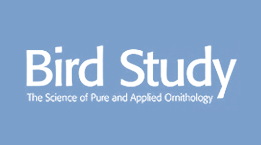Scottish-breeding Greenshanks Tringa nebularia do not migrate far
Capsule: Scottish-breeding Greenshanks Tringa nebularia migrate largely to Ireland.
Aims: To describe the migration timings and determine the non-breeding areas (staging and wintering areas) of Scottish-breeding Greenshanks.
Methods: Breeding adult Greenshanks were marked with geolocators and/or unique permutations of colour-rings in Sutherland, northern Scotland. Sightings of the colour-ringed birds and data from geolocators on recaptured birds provided information on the migrations and locations of the non-breeding areas.
Results: Scottish-breeding Greenshanks spent the winter mainly in Ireland, with the range also including Wales, southern England and western France. Departure from the breeding grounds, as determined by the geolocators, took place in June and July; the median date for the last day in the breeding area was 16 July. Arrival on the breeding grounds took place in March and April; the median date for the first day back in the breeding area was 7 April. Some birds fed at an estuary close to their territories prior to breeding. There was fidelity to wintering areas, both within and between years. Short-term staging took place during both the southward and northward migrations for some birds, and one bird used the same staging area in different autumns. Members of one pair had separate wintering areas.
Conclusions: Scottish-breeding Greenshanks have a short migration, largely to the coasts of Ireland. The migrations involved short-term staging for some birds.


